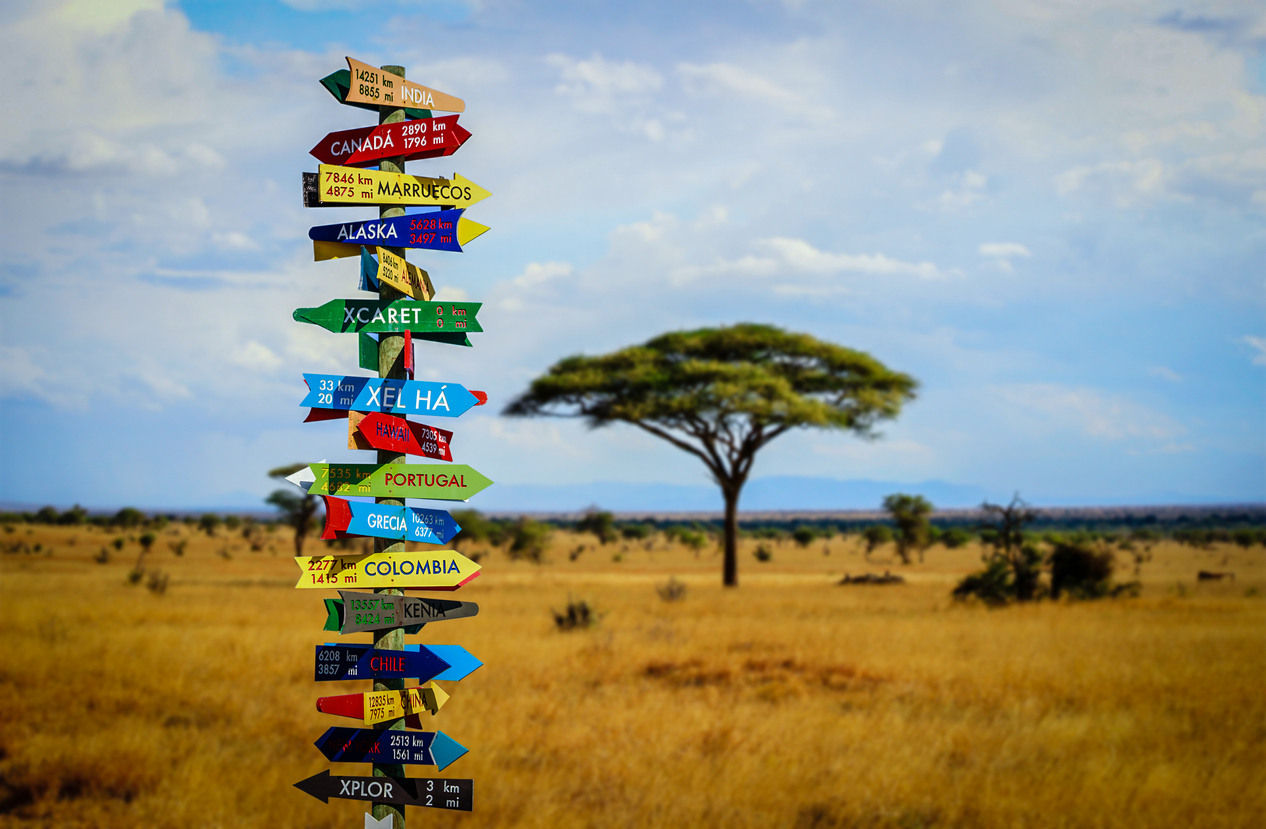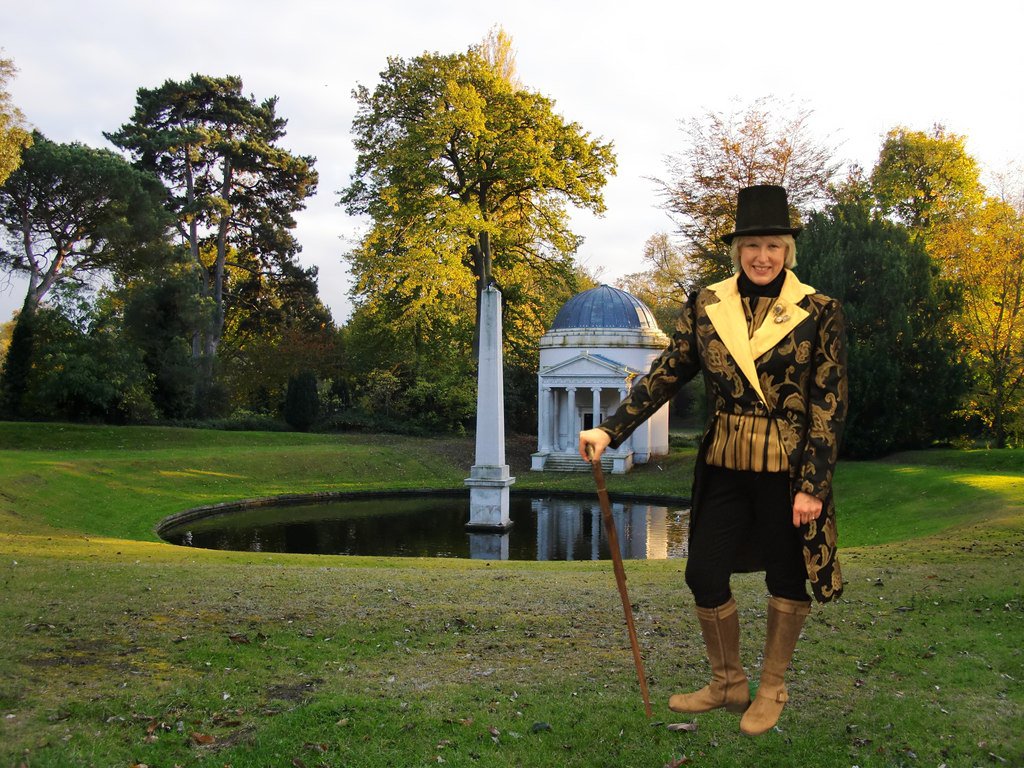
Social studies classrooms can often become a regurgitation of facts, events, and people throughout history. But learning about history and social studies themes has never been more important for students.
Give your students the opportunity to immerse themselves in social studies themes like geography, community, and civics to build long-lasting student skills. Making your social studies lessons more memorable, engaging, and fun can help make social studies stick with your students.
1. Make real-world, modern comparisons when discussing geographic data
How many times have you heard large numbers and statistics quoted in news stories or history lessons that were meaningless because they lacked context? In your lessons, make big numbers and long distances relevant by comparing them to something the average student can comprehend.
Numbers in the millions or trillions are hard to imagine. For example, understanding how dinosaurs lived around 230 million years ago or that national deficits and the world’s population are in the billions or that multinational corporations are valued at a trillion dollars is difficult. Make the following comparison to stress how huge these numbers really are. It takes about 11 1/2 days for one million seconds to elapse. One billion seconds would take almost 32 years, and one trillion seconds would take almost 32,000 years.
Populations, current and historical, are difficult to visualize without context. The next time you mention an ancient city or a modern nation, compare it to your students’ hometown. For example, I live near Lexington, Kentucky, which has a population of around 324,000 people. That’s eight times bigger than Philadelphia in 1776—and Philadelphia was the largest city in the American colonies!

Compare distances and travel times in the past to modern travel. For example, medieval pilgrims traveling from Paris, France, to the shrine of Saint James to Santiago de Compostela in Spain would have walked or traveled by horseback. Ask students to use an application like Google Maps to determine how long flying by plane, driving by car, or walking would take today (at least six hours by plane, over fifteen hours by car, and over three hundred hours’ walking, which would be thirty-eight days’ walking if one walked eight hours a day). Remind students that walking in the past may have taken much more time because roads were usually not paved and modern conveniences like hotels and restaurants may not have existed.
While most average people in the preindustrial era walked, the wealthy could ride. A horse can comfortably walk for eight hours and travel about thirty-two miles in a day. The trip from Paris to Santiago would have been around one thousand miles, so even on a horse it would take at least thirty-two days!
2. Do more than just playing the music, sing it!
Incorporating recordings of relevant music in social studies lessons is a good way to make a lesson and its key points memorable. You can take the lesson a step further by organizing a sing-a-long to help students remember the experience.
Sing along with the recording if you have to! In my class, after we listen to and discuss a relevant song, I sing the final chorus. My students are very surprised. Don’t worry if you can’t carry a tune; I’m a terrible singer. But my efforts make the class entertaining and the lesson memorable. Distribute the lyrics and ask students to sing along as you replay the key verses. Have fun with it, and I guarantee students will remember that day’s lesson.
(For distance learning: try a fun historic sing-a-long over Zoom. For in-person learning, remember to practice social distancing while singing!)

Cynthia Resor time-travels to early nineteenth-century England. Here she is at the Duke of Devonshire’s Chiswick House (green-screen technology is almost as good as a time machine). She disguised herself as a dandy or fop, a foolish man who was too concerned with his clothes. Note the hair mourning brooches on the lapel.
3. Dress the part!
Every social studies teacher needs a closet of historical costumes. Since costumes can require additional time and cost to assemble, begin with your favorite historical person or era. If you can sew or know someone who can, historically accurate sewing patterns are available. However, if sewing isn’t your thing, an internet search will reveal all sorts of historical costumes. If you have the big bucks to spend, custom-made historically accurate costumes can be obtained by special order. To save money, you can assemble costumes from thrift stores and yard sales and adapt items already in your closet. My historical costume closet has a combination of items I’ve created and repurposed. You can see some of my examples here.
If budget and time allow, assemble a costume closet for your students to use during act-it-out activities. I’m not a fan of requiring K–12 students to create costumes as assignments. Many students do not have the resources at home to assemble an outfit. Having a supply of costumes on hand lessens makes for engaging activities without embarrassing students.
Memory is influenced by attention, interest, emotion, and the environment. Grabbing students’ attention with relevant comparisons and surprising students with songs and costumes in a fun setting makes social studies content memorable.
Active Classroom can make social studies meaningful and memorable with digital lessons.
Access a free trial and start engaging students today
Cynthia W. Resor is a social studies education professor and former middle and high school social studies teacher. Her dream job? Time-travel tour guide. But until she discovers the secret of time travel, she writes about the past in her blog, Primary Source Bazaar. Her three books on teaching social history themes feature essential questions and primary sources: Discovering Quacks, Utopias, and Cemeteries: Modern Lessons from Historical Themes; Investigating Family, Food, and Housing Themes in Social Studies and Exploring Vacation and Etiquette Themes in Social Studies.
great ideas, especially the singing(which I’m not, but a basic class in Improv helped). My real dilemma is coming up with ways to make World hist meaningful for my very low functioning students; any suggestions?